This weekend has been seriously productive. On Friday, I wrapped on the show I’ve been working on for the past several months, which will be out in theaters in a few months from now. I finished a letterpress project that I’ve been working on for several weeks. I started my second batch of homebrewed beer; some friends and I have started in with this and successfully made an Amber a few weeks ago, and I wanted to try dry-hopping an IPA. So far it smells awesome, despite the primary fermenter ‘exploding’ after the first few hours of fermentation. In between these things, I managed to squeeze in another recipe from the Alinea book. I picked this one because it seemed to fit this weekend, which was cold and rainy in the Bay Area, and also seemed relatively straightforward to complete in a day.
I went into it with a bit of a relaxed attitude. It wasn’t that long ago that I made a dish that employed very similar gimmickry and preparation, so I felt like I knew what to expect. This dish is, in fact, a bit easier even than the pheasant one. Cubes of brown sugar candy, bourbon gel, and sweet potato gel are speared on a cinnamon stick, battered, and deep fried. At presentation time, the cinnamon stick is lit and extinguished so that the diner is presented with smouldering cinnamon aroma.
The flavor profile here is one that, for once, I could pretty clearly imagine up front as well. These ingredients are all very familiar weapons in the Southern chef’s arsenal; I drink a lot of bourbon, we eat a lot of sweet potatoes, BBQ sauce is practically liquid brown sugar and spices, and we deep fry the shit out of everything. So I went into this hoping to be able to focus more on the subtleties of the technique and ingredients.
First, the sweet potato. A few weeks ago, someone at work brought in a very delicious pie made of “okinawan sweet potato”. It was a beautiful pale shade of purple, and I was really struck by the color as well as the flavor: it was notably different from that of the normal orange sweet potatoes I’m used to. A day or two later, I noticed (of course) that Berkeley Bowl carries these (along with maybe 8 other varieties. Man I love that store). So I snagged one, determined to use it in this dish. From the outside they look pretty boring, but cutting into one is a fun surprise.
Making a gel of the potatoes isn’t terribly complicated; we cook the potatoes in cream until soft, then blend them with cream and gelatin before straining into a smooth pudding that sets in the fridge after a few hours. The resulting gel isn’t ‘jiggly’ like jell-o; it’s more extremely creamy, sort of like a warm putty in my mouth…less ‘fall-apart-y’ than a normal mashed potato might be.
Something unfortunate that caught me out was that the mixture called for salt. When I added the requisite amount, the result was way too salty-tasting. This isn’t the first time I’ve been caught out by this; my almonds in the White Bean dish were way too salty as well. My friend James asked me, when he was salting something, if the salt was kosher. I didn’t think of it at the time when I blindly answered ‘yes’, but I realize now why he asked: Kosher salt is milder in flavor than, um, ‘un-kosher’ salt? I bought a big box of it for the Pork Belly dish, which was used for curing, so I didn’t have to taste it directly for that. But I realize that I need to be watching this more closely and doing what I noted in my previous post: namely, tasting what I’m doing constantly. The salt I have now needs to be used in smaller amounts than what’s called for in the book; the book doesn’t specifically call out kosher salt, but I feel confident that’s what they must be using.
The other interesting ingredient was the type of cinnamon used for the skewer: Ceylon cinnamon. I had to do a bit of reading to see what “ceylon” meant, and why it’s important. What I learned: almost all cinnamon sold in the US today is actually a Chinese plant called Cassia. Cassia bark smells like cinnamon, but imparts a harsher flavor, and the bark itself is much harder and tougher than Ceylon cinnamon, which is grown in Sri Lanka, has a much more crumbly, delicate texture that can grind easily in a spice grinder (cassia quills, which are what you find 99% of the time when grocery shopping, can damage a spice grinder), and has a milder, more delicate flavor. Ceylon cinnamon is often referred to as “true” cinnamon.
I found and ordered a 1lb bag of Ceylon from the Spice House. It arrived in great shape, and indeed has a much more royal, deep scent than the cinnamon I’m used to buying. The quills are longer and are clearly made of thin bark that can break very easily. Sarah says it smells like the entirety of Christmas.
Once I’d made everything, putting it together was fairly straightforward. The end result tasted pretty good, with the bourbon playing a not-insignificant role in the flavor of the bite. I figured cooking the bourbon to gel it would ruin its flavor, but in fact it’s still very, very alcoholic-tasting and ‘burny’; it feels like you’re taking a sip of straight bourbon while eating something fried and delicious.
One final thing I learned: canola oil, when overheated, seems to undergo a breakdown process that ends up contributing the very-familiar county fair ‘fried’ taste to everything. The first few bites of this, I lifted the oil to temperature carefully and slowly, using new oil. The bites tasted nice, with the outside breading being a crispy, lightly-flavored texture mostly. But in eating them, I lost control of the oil and it jumped up by a hundred degrees or more, which made the kitchen smell ‘fried’, and subsequent platings dipped in the oil tasted fried. So, I think to avoid that fried taste, one wants to use very fresh oil and to maintain its temperature very carefully.
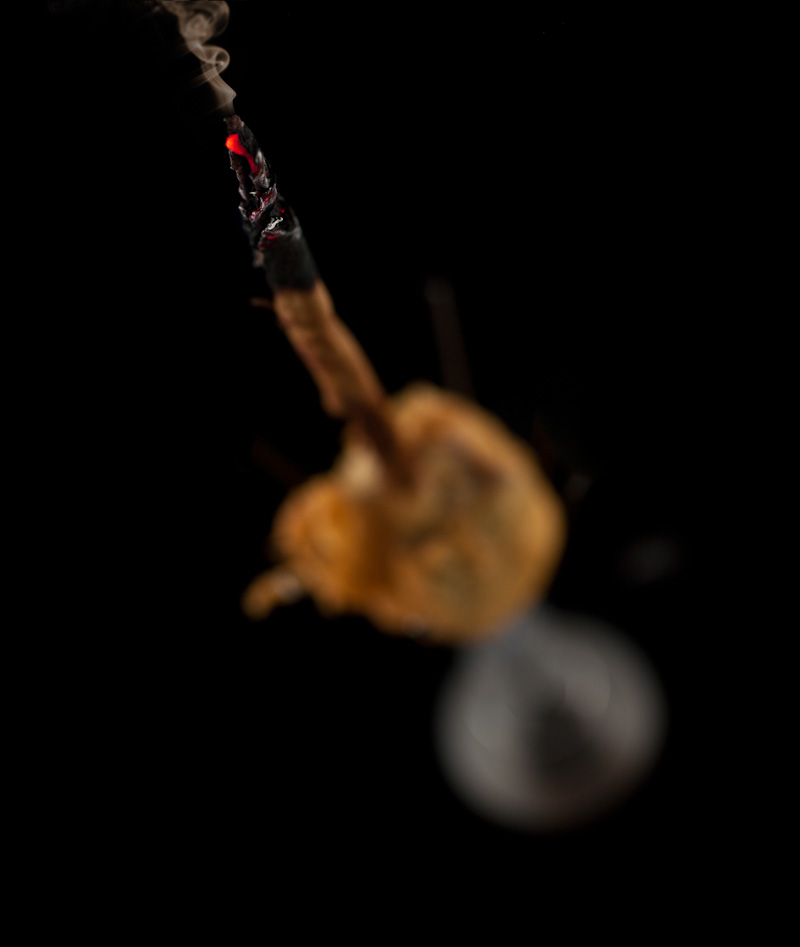
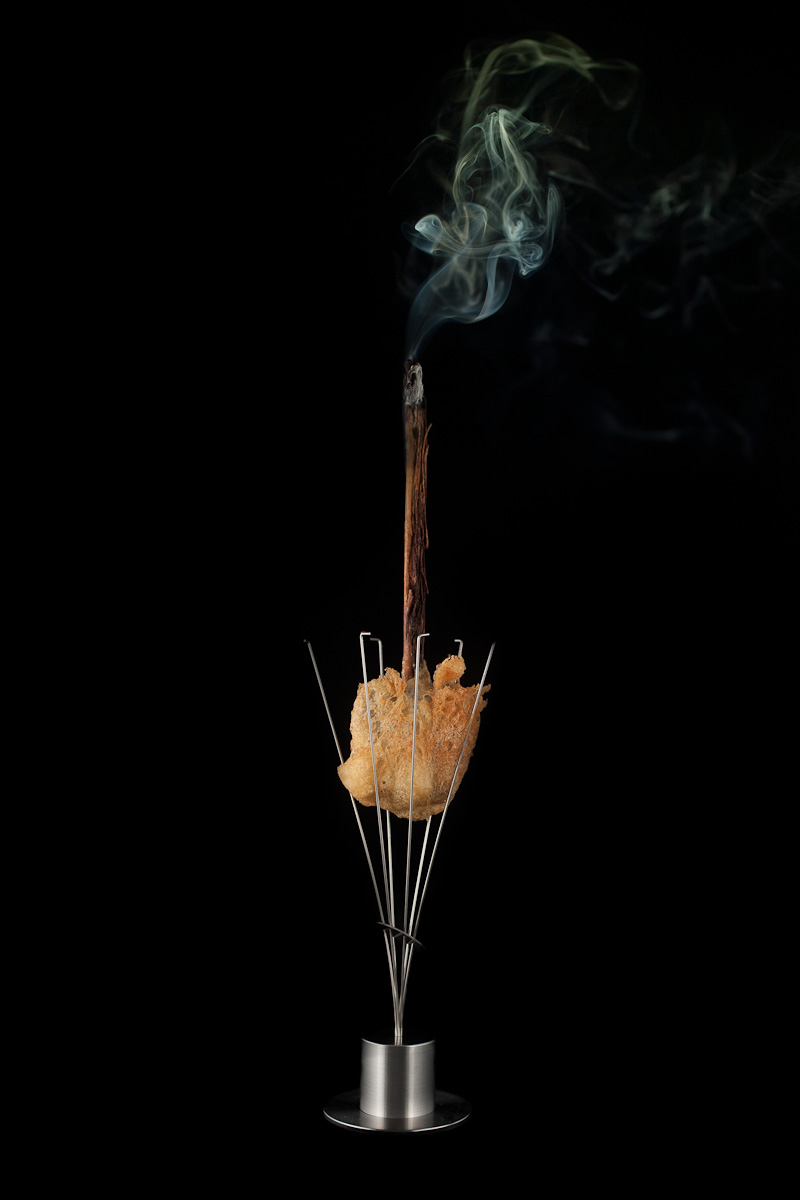
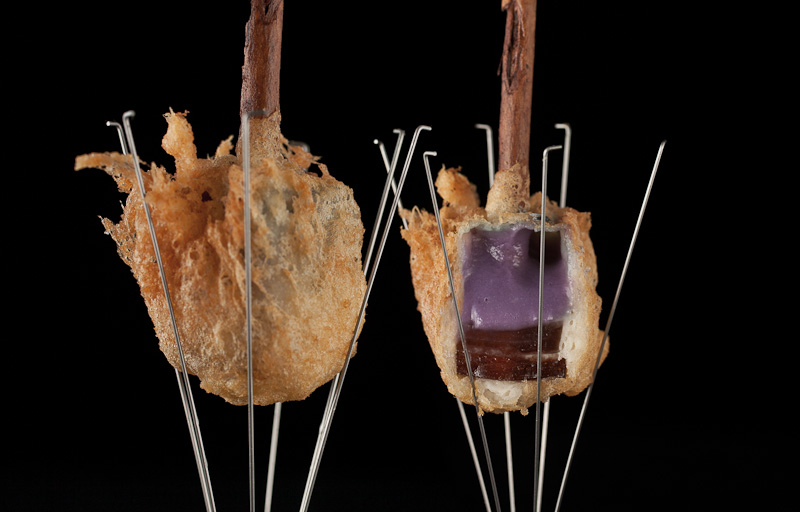
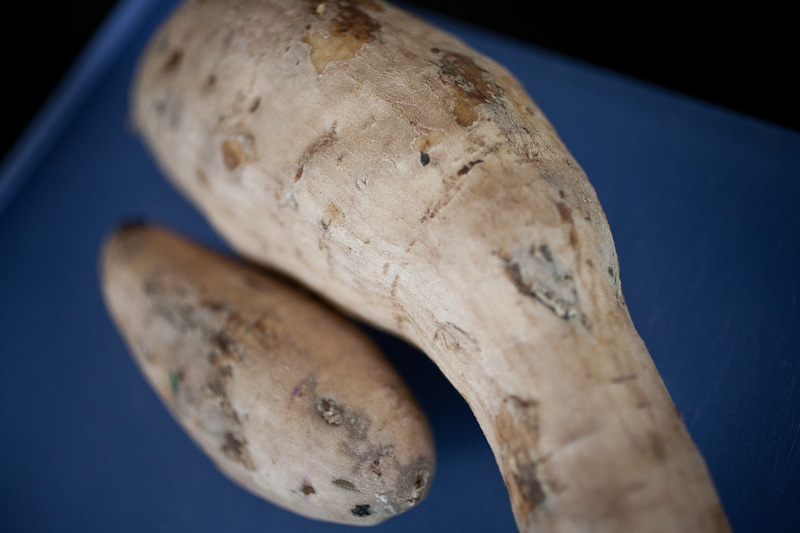
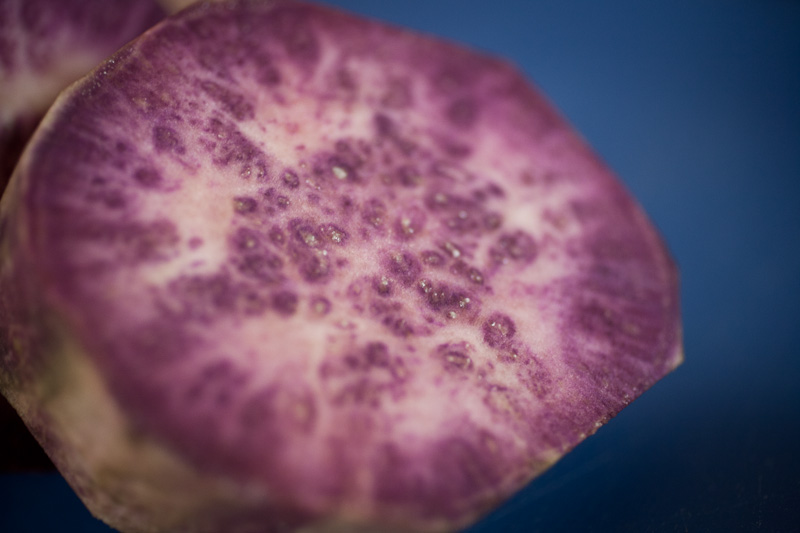
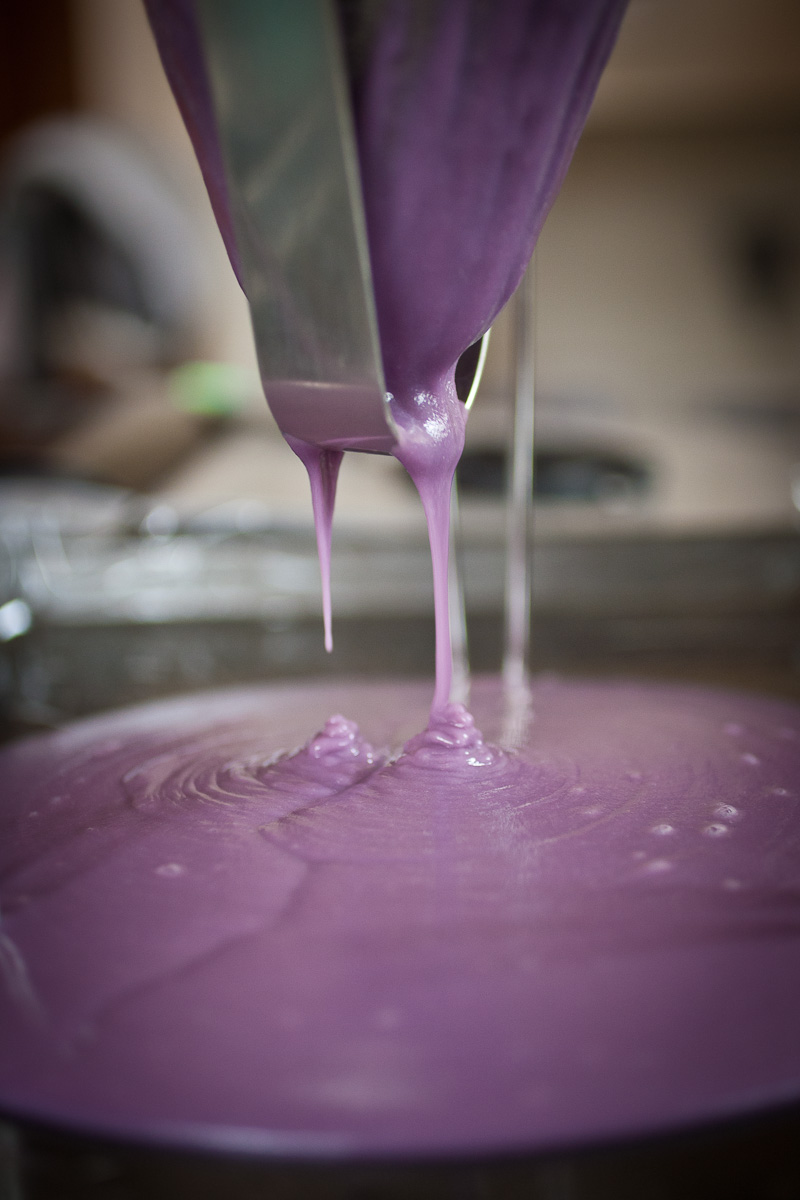
so cool. i really want to know what that would taste like.
you have one tiny, teeny typo. i think this should say bark instead of back “and the back itself is much harder and tougher than Ceylon cinnamon”
Always always always use kosher salt. You can choose between Morton and Diamond Crystal brands, but be consistent. That way you’ll get used to the feel of your salt and be able to confidently salt things by pinching. I remember reading that Thomas Keller
[continued due to inadvertent button press]
…uses Diamond Crystal brand. So, Alinea probably does, too. Every restaurant I’ve ever spent any time in does, too.
(sorry for the lag. WordPress isn’t telling me when people comment. Stupid computers).
Huh! Extremely interesting! Next purchase: some Diamond Crystal. Thanks David!